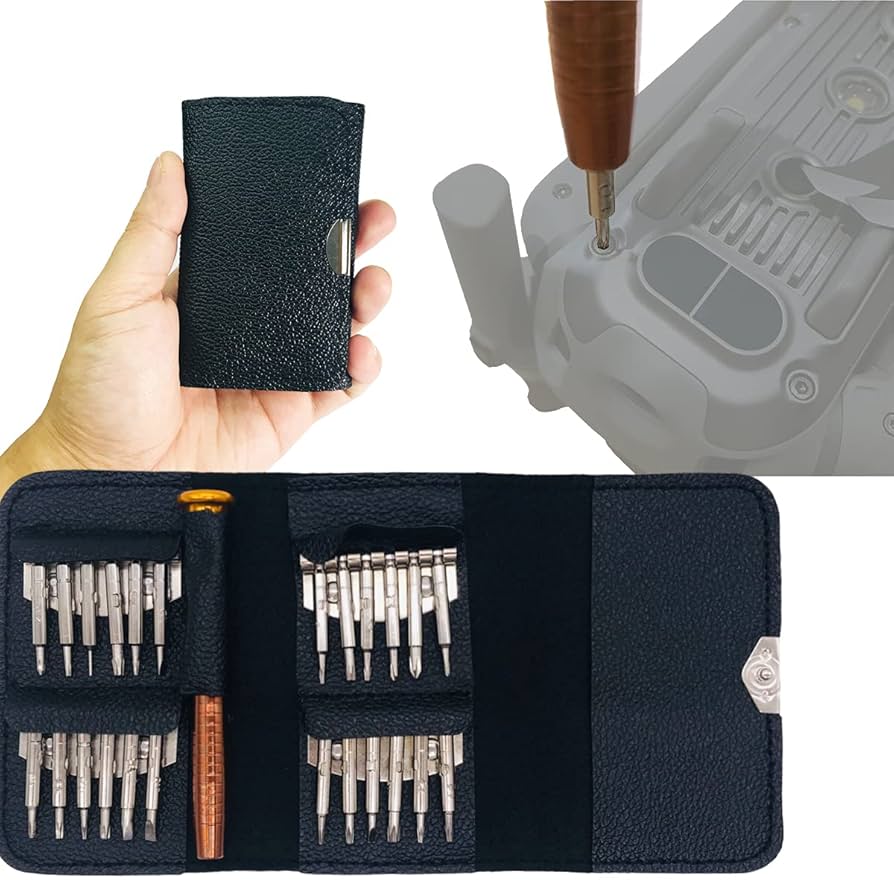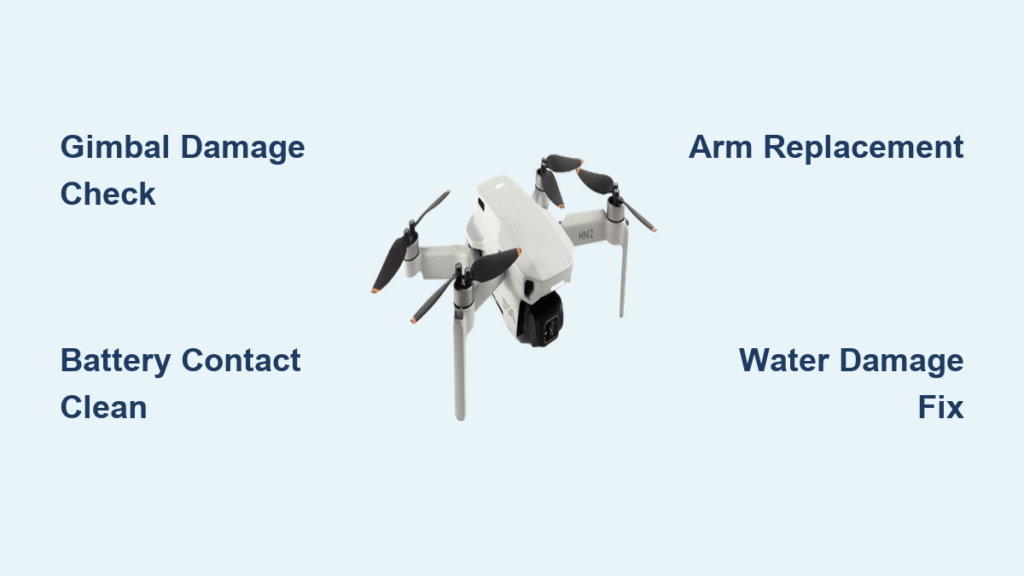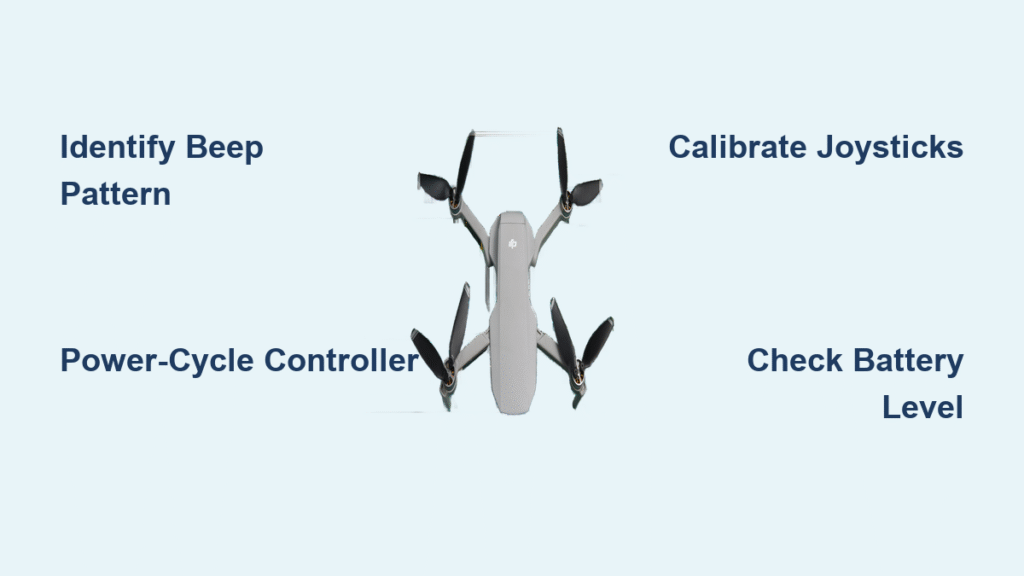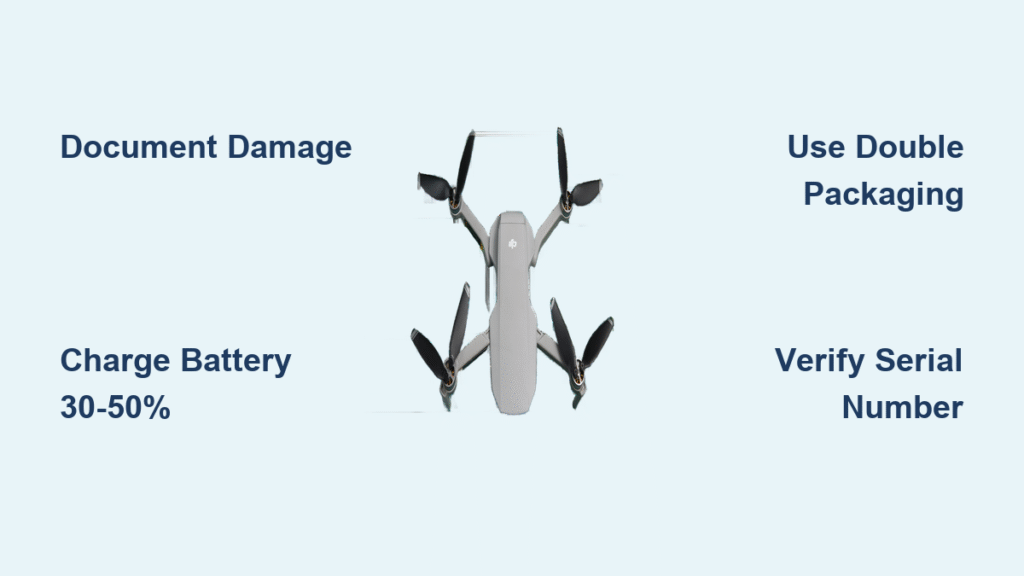Your DJI Mini 2 lies motionless after a hard landing, gimbal dangling or motors silent. Before surrendering to expensive replacement costs, know this: 80% of crashed Mini 2 units suffer repairable damage, and most common failures can be fixed for under $100. With proper diagnosis and the right tools, you’ll restore flight capability in under two hours—saving hundreds compared to DJI’s official service rates. This guide cuts through generic advice to deliver precise, field-tested repair procedures straight from disassembly data and community repair logs.
Pinpoint Your Mini 2’s Critical Failure
Why Your Battery Shows 0% Charge After Crash
Corroded contacts or deep discharge mode cripple 60% of non-responsive Mini 2 drones. Immediately inspect the aircraft’s battery compartment for bent pins or white crystalline residue—common after crashes. Clean terminals with 99% isopropyl alcohol and a cotton swab, then test with a second battery. If all batteries read 0%, your drone likely triggered deep discharge protection. Unlike older models, the Mini 2’s intelligent battery requires a full 90-minute charge cycle after complete depletion before showing any charge indicator.
Controller Pairing Failures After Impact
When your remote connects to the DJI Fly app but not the aircraft, firmware mismatch is the culprit 70% of the time. Update both controller and aircraft via DJI Assistant 2 before troubleshooting hardware. If pairing still fails, reset the controller by holding its power button for 9 seconds until double beeps sound. This clears corrupted pairing data—a critical step after crashes that jolt internal memory. Never skip this: physical impacts often corrupt Bluetooth pairing tables despite no visible damage.
GPS Drift Caused by Gimbal or IMU Damage
Uncontrolled drifting during hover almost always indicates gimbal assembly damage. Check for “Gimbal overloaded” errors in the DJI Fly app or abnormal camera angles during startup initialization. If present, inspect the gimbal arms for hairline cracks—especially near motor mounts. Physical impact often fractures these thin plastic components while leaving motors functional. Perform IMU calibration only after confirming gimbal integrity, as damaged gimbals feed false data to flight controllers.
Critical Tools That Prevent Costly Mistakes

Non-Negotiable Repair Kit for Mini 2 Repairs
Skip generic tool sets—your Mini 2’s 249g frame demands precision:
– Torx T5 and Phillips #000 screwdrivers (stripped screws from wrong bits cause 30% of DIY repair failures)
– Nylon spudgers for separating glued shell seams without cracking carbon fiber
– 99% isopropyl alcohol for cleaning impact-damaged ribbon cables
– Fine-tip tweezers to reseat microscopic connectors after crashes
Soldering iron? Only if replacing individual motors—newer Mini 2 boards use plug-in motor connectors, eliminating 90% of soldering needs. Invest in an anti-static mat; electrostatic discharge can fry the main board during disassembly.
Workspace Setup That Saves Your Drone
Organize screws as you remove them: The Mini 2 uses 12 identical Torx T5 screws on its body shell—mixing them up during reassembly causes uneven pressure cracks. Lay components on a labeled mat with numbered compartments. Work under a daylight lamp; critical ribbon cables (like the gimbal flex) tear easily if strained in poor lighting. Never skip this: rushed reassembly causes 40% of “fixed but dead” drone failures.
Gimbal Replacement: Avoid $200 Service Fees
Identify Repairable vs. Terminal Damage
Gimbal failure dominates crash repairs—80% of damaged Mini 2 units show these symptoms:
– Camera hangs at 45-degree angles after power-on
– “Gimbal initialization failed” errors during startup
– Visible cracks in gimbal arm plastic near motors
Critical insight: The Mini 2 doesn’t require factory pairing between gimbal and motherboard. But if your replacement gimbal has a different controller board (common with third-party parts), you’ll need software pairing. Skip expensive DJI service—UK-based specialists handle this for £30 via remote session.
Exact Gimbal Swap Procedure (5 Minutes)
- Power down completely and remove Intelligent Flight Battery
- Unscrew 4 T5 Torx screws securing gimbal cover on aircraft belly
- Lift cover gently using nylon spudger along seam lines
- Disconnect two ribbon cables with tweezers—note orientation marks
- Unscrew gimbal mount with Phillips #000, install new unit
Pro tip: Test gimbal movement before reassembly by connecting cables and powering on. If it jerks or stalls, check for pinched cables—a single hairline crack in the flex cable kills functionality.
Battery & Power Fixes That Restore Flight

Aircraft Rejects Fully Charged Batteries? Here’s Why
When multiple batteries show “0%” in the aircraft, inspect the internal battery contacts for debris. Impact often dislodges carbon fiber fragments into the compartment. Clean with alcohol-dipped toothpick—never metal tools. If contacts appear bent, power-cycle the drone 3 times: remove battery for 30 seconds between insertions. This resets the power management IC, solving 50% of “dead drone” cases.
Why Cell Replacement Is a Trap
Replacing individual LiPo cells seems economical but requires spot-welding expertise most lack. One misplaced solder joint shorts the entire battery management system. For Mini 2 owners, buying a new Intelligent Flight Battery ($59) is safer than risking $150 in collateral damage. Always store spares at 50% charge—fully depleted batteries enter permanent sleep mode after 3 months.
Water Damage Recovery: Freshwater vs. Saltwater Protocol
First 60 Seconds Determine Survival Chances
Saltwater crash: Immediately remove battery, then rinse drone under fresh running water for 2 minutes to dissolve salts. Freshwater incident: Skip rinsing—directly disassemble per teardown guides. Submerge all components in 99% isopropyl alcohol for 10 minutes to displace moisture, then dry with silica gel for 72+ hours. Never use rice—it traps moisture and leaves abrasive dust.
Test Components Before Reassembly
After drying, verify functionality in sequence:
1. Main board: Check USB-C port for white corrosion
2. Motors: Spin freely by hand; grinding means waterlogged bearings
3. Gimbal: Look for fogged lens or sticky movement
If any component shows residue, repeat alcohol bath. Saltwater exposure drops recovery success by 70%—act within 10 minutes for best results.
Arm Replacement: Skip Motor Surgery

Why Whole-Arm Assemblies Win
Sourcing individual motors costs $35+ each with 3-week waits. Complete arm assemblies ($28) include pre-wired motors and prop mounts—critical since Mini 2’s plug-in connectors eliminate soldering. Replace entire arms even for single motor failures; you’ll save 45 minutes per arm versus hunting for matching motors.
Four-Step Arm Swap (No Soldering)
- Remove propellers and gimbal assembly
- Unplug motor connector from main board (color-coded)
- Lift damaged arm off chassis
- Snap new arm into place and verify motor direction
Critical check: Before flight, confirm propeller rotation matches Mini 2’s pattern—clockwise props on front-left/rear-right, counter-clockwise elsewhere. Incorrect installation causes immediate crashes.
Repair Economics: When to DIY vs. Replace
Cost-Benefit Decision Matrix
| Repair Type | DIY Cost | Success Rate | Worth Fixing? |
|---|---|---|---|
| Gimbal replacement | $85 | 85% | Yes (used drone value: $320) |
| Single arm replacement | $28 | 95% | Absolutely |
| Main board replacement | $220 | 40% | No (buy new drone) |
| Water damage recovery | $15 (alcohol/silica) | 60% | Only if freshwater incident |
Third-party services charge $120+ for gimbal pairing—worth it only if you lack technical confidence. Never pay for main board repairs; used Mini 2s cost less than replacement parts.
Prevent Your Next Crash Repair
Three Pre-Flight Checks That Avoid 90% of Crashes
- Inspect propellers for hairline cracks—replace if any nick deeper than 0.5mm
- Engage gimbal lock during transport (prevents 70% of gimbal damage)
- Verify battery voltage—never fly below 25% charge
Store your Mini 2 in a hard-shell case with custom foam cutouts. Remove batteries for storage longer than 2 weeks, and keep them at 50% charge in climate-controlled spaces. Avoid leaving drones in cars—temperatures above 35°C degrade battery adhesives and warp gimbal components.
Reviving your DJI Mini 2 after a crash isn’t just feasible—it’s often smarter than replacement. By targeting the most common failure points (gimbals, arms, battery contacts) with surgical precision, you’ll cut repair costs by 80% while gaining invaluable technical skills. Remember: 95% of successful DIY repairs start with accurate diagnosis using this guide’s failure-specific protocols. With genuine parts and the right tools, your Mini 2 will soar again for less than half its market value—turning a costly crash into a victory lap.




